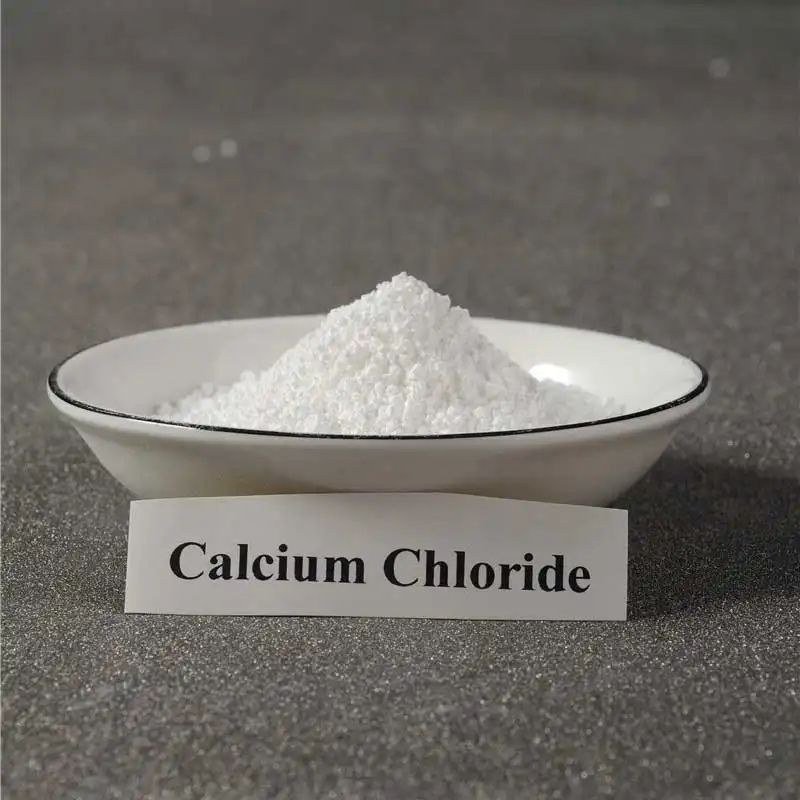Here’s a detailed introduction to the medical applications of Sodium Bromide (NaBr), with specific case examples and mechanisms:
1. Sedative and Anticonvulsant Use
- Historical Role: Sodium bromide was widely used in the late 19th and early 20th centuries as a sedative and anticonvulsant for conditions like epilepsy, anxiety, and insomnia. Its bromide ions (Br⁻) enhance GABAergic inhibition in the central nervous system, suppressing neuronal excitability.
- Clinical Evidence: Studies in rats showed NaBr suppressed epileptiform activity by modulating extracellular pH and GABA receptors5. However, due to toxicity risks (e.g., bromism—memory loss, skin rashes), it was largely replaced by safer drugs like barbiturates and benzodiazepines.
2. Veterinary Medicine
- Animal Sedation: NaBr is still used in veterinary practice to treat seizures in dogs and horses. For example, potassium bromide (KBr) combined with NaBr is a first-line therapy for canine epilepsy.
- Dosage: Long-term administration requires monitoring blood bromide levels to avoid toxicity.
3. Potential in Autism Therapy
- Recent Research: A 2022 mouse study found chronic NaBr treatment reduced autistic-like behaviors (e.g., social deficits, repetitive actions) by modulating neuronal excitability. This suggests a possible repurposing for neurodevelopmental disorders.
4. Diuretic Formulations
- Mechanism: NaBr was historically included in diuretic preparations to promote fluid excretion, though modern diuretics (e.g., furosemide) are now preferred.
5. Oncology (Experimental Use)
- Bromebrate Case: A derivative, Sodium Bromebrate, showed antitumor effects in breast cancer with bone metastasis by inhibiting purine synthesis and amino acid incorporation in tumor cells. It was noted for lacking bone marrow toxicity.
Safety and Limitations
- Toxicity: Chronic use can cause bromism (CNS depression, acne-like rash). Sodium chloride (NaCl) is often co-administered to accelerate bromide excretion.
- Regulatory Status: Most medical uses are obsolete due to safer alternatives, but research continues for niche applications (e.g., neuropsychiatric disorders).
For formulation details (e.g., NaBr solutions at 10% concentration), refer to pharmacopeias like Chinese Pharmacopoeia.
Sources: Clinical studies, veterinary data, and historical pharmacopoeias.






